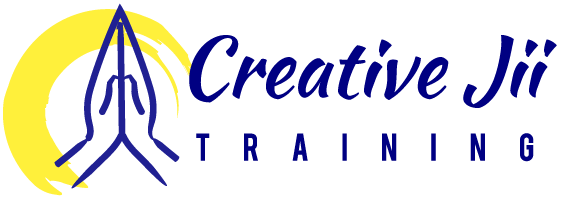Empower Your Team to Reach New Heights of Achievement

Today, let me ask you about an important distinction: what is the difference between your social circle, or ‘clique,’ and your professional team within the workplace?
Your clique comprises individuals with whom you share casual social interactions, such as lunch breaks and social events. However, they do not necessarily constitute your professional team. In contrast, your team consists of individuals who possess similar skill sets or knowledge areas, often collaborating on projects together.
It’s important to recognize that while your click may enjoy your company, your team members may not necessarily share the same sentiment. The common denominator between these groups is your character.
In large organizations like ABB, fostering collaboration among teams isn’t merely a buzzword but a strategic imperative worth considerable investment. Demonstrating maturity involves acknowledging and navigating differences that naturally arise among team members. It falls upon leaders to manage these conflicts effectively, fostering an environment where respectful disagreement is embraced as a means to drive innovation and growth.
Regardless of your personal disposition—whether you lean towards adaptability, assertiveness, passivity, cooperation, or collaboration — engaging in respectful discourse is essential for the collective success of both you and your team. Engaging in Unconventional Teamwork Training can reduce the tardiness stakeholders face while dealing with employees.

Here are some steps to ensure members maintain a Healthy Collaborative Process:
- Embrace Respectful Discourse: Fostering respectful discourse is paramount for collective success. Encourage team members to express their viewpoints clearly and persuasively, promoting open dialogue and constructive feedback.
- Avoid Aggressive Tactics: Resist the urge to exert undue influence or resort to aggressive tactics to impose personal will. Instead, champion ideas with enthusiasm and conviction, trusting that they will be acknowledged and valued by leadership if they align with organizational objectives.
- Maintain a Positive Outlook: Cultivate a positive mindset and refrain from feelings of defeat if a team member achieves success. Embrace a win-win mentality, understanding that collective achievements contribute to individual success within the team dynamic.
- Cultivate Clarity and Focus: Clarity of the of your own capabalities and that of the team help in understanding how to maintain the health of the unit. Stear away from tactics that may cause unstability and distrust. Keeping lazer sharp focus on the goal powered with good intent will take the team and it’s efforts to greater heights.
Reflecting on my first few months at BNI (Business Networking International), I was quickly appointed team captain for an activity, despite being new. I focused on setting goals, seeking input, and celebrating achievements. Our diverse team secured second place in the initial week, and instead of pursuing the top spot, I prioritized building relationships and fulfilling responsibilities. We maintained our successful run, holding the second position for six consecutive weeks. Our achievement not only earned us an award but also garnered widespread admiration, all achieved without compromising our business or member relationships.
In conclusion, while collaboration can present its challenges, it is imperative to acknowledge the diverse backgrounds and temperaments within our teams. Our collective efforts and harmonious workplace dynamics encapsulate a significant portion of our daily lives, spanning numerous working days each month. Prioritizing mutual respect, shunning aggressive strategies, and nurturing a positive personal outlook emerge as pivotal methods in cultivating a thriving professional environment.
